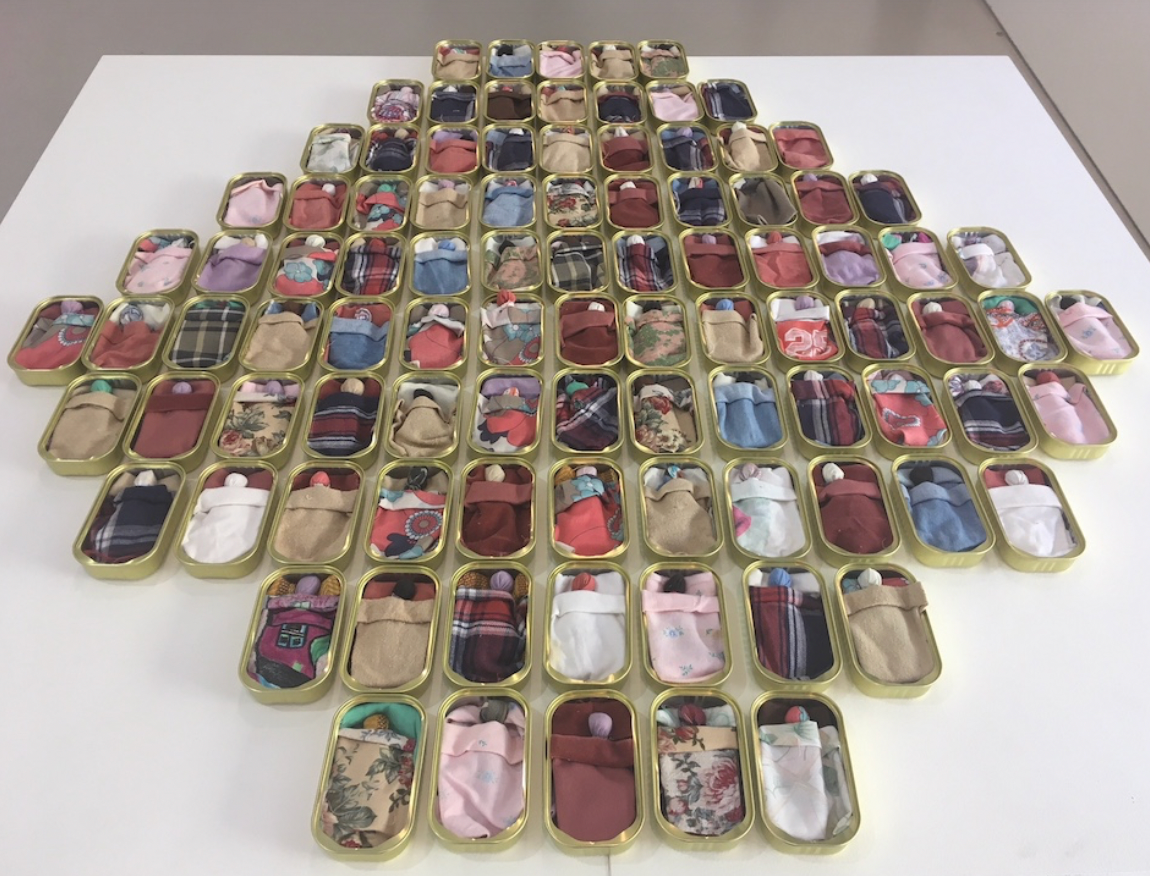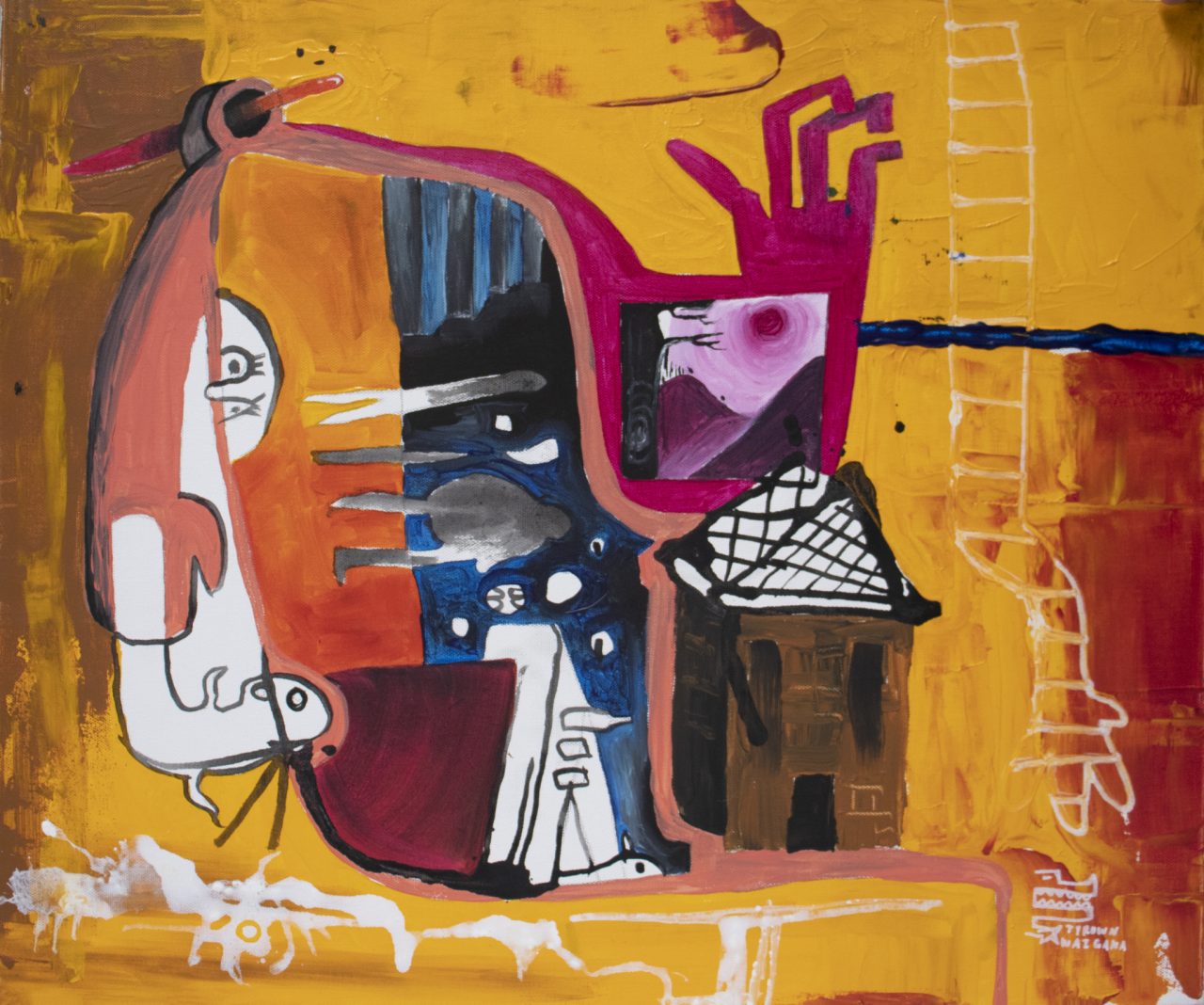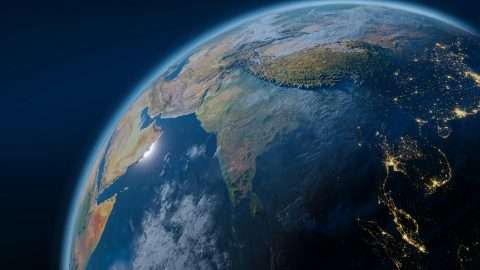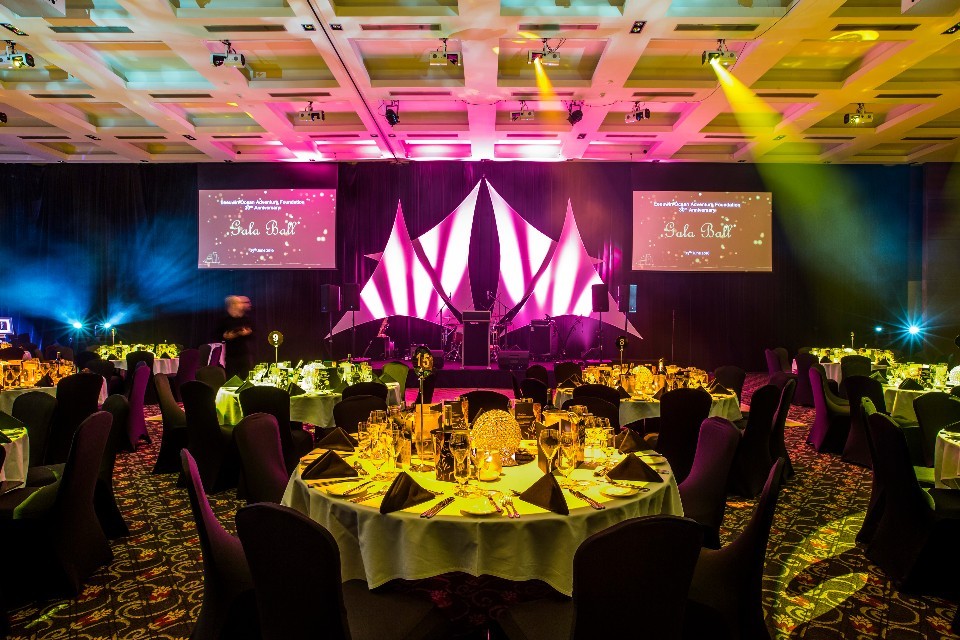Artists make sense of their world through their work. This can be through examining the external world or an interrogation of their internal world, and it is most often in an attempt to find a balance. Everybody has a dark side, a place of fear and dread they go to voluntarily or not. Managing that part of our lives is crucial to health and well-being, as Covid-19 has highlighted. However, it requires self-awareness, courage, and resilience to confront that aspect of your psyche. Artists have always worked in that penumbral space, on the cusp between dark and light.
The current exhibition the DARK SIDE on show at Edith Cowan University’s Gallery25 on the Mt Lawley campus and There-is, in Northbridge, presents the work of 13 artists who have found ways of making sense of their world and marking out a space for themselves by confronting their fears and then externalising them in artworks. Their creative practice is a mechanism that allows internal narratives to unfold in the controlled environment of the studio. While so much else is under sway by external forces, the practice of art-making remains singularly the practitioner’s domain. This security and grounded-ness enable artists to share their insights, provide reassurance, and offer a safe space for their audience to confront the collective concerns of their communities.
For example, Sharyn Egan, a member of the Stolen Generation, directly confronts the memory of being taken from her family “… and treated like dogs” while watching the Brady Bunch on television every night. In response, she and her friends made their own babies from sardine cans, scraps of fabric, gravel, and whatever else was on hand. “Although we didn’t have role models about how to love, we had love to give, and we expressed that in the great pleasure we had in making dolls,” she explains. Her creativity is both a way of making sense of the nightmare she experienced while simultaneously moving beyond and taking control.
Unfortunately, the image of the tormented artist exploding their anxiety and frustrations onto a canvas has become the default image of creative genius. As depicted by Julian Schnabel in At Eternity’s Gate, Vincent Van Gogh, cutting off his ear in a frenzy and painting olive trees in a fit of dervish hallucination, has come to signify authentic, meaningful expression. Yet, while the process of confronting the dark side is admittedly both painful and productive, the romantic myth of the artist as an ordained seer living outside the constraints of human society is misleading. For most visual artists, their studio is a safe place when external pressures have the potential to overwhelm and where the dark side can be harnessed.
The World Health Organisation has reported, “… that depression is expected to become the world’s second most burdensome disease by 2020”. One in five Australians aged between 16-85 has also experienced some form of mental illness exacerbated by the isolation and dislocation caused by the Covid-19 pandemic.
Significantly, anxiety and depression have impacted Aboriginal communities, with suicide the leading cause of death for Indigenous Children aged between five and seventeen. However, while therapeutic and medical treatments are widely employed, global research increasingly documents the beneficial impact of the arts in promoting mental health and well-being at an individual and societal level. An opportunity exists to radically impact this spreading nightmare, and artists provide an exemplary model of structured engagement with their dark side.
When offered the opportunity to undertake psychiatric counselling, the German poet Rainer Marie Rilke reputedly protested, saying, “Don’t take my devils away because my angels might flee too.” He knew that the dark side is a counterbalance in life and provides the richness and complexity that defines us as human beings. This is not to underestimate the impact of severe mental illness or to suggest that the arts are a panacea, merely to stress the therapeutic benefit of engagement with the arts as a tool to nurture well-being.
The DARK SIDE exhibition explores how these artists use their creative practice as a mechanism to comprehend their world. Through the experience of making art, they confront their fears and give external visual form to their existential musings. These ideas will be explored in depth in a forthcoming Symposium to be held at ECU on 11 June. The symposium will be available via direct streaming web link if you can’t attend in person.
PLEASE HELP US TO GROW FREMANTLE SHIPPING NEWS
FSN is a reader-supported, volunteer-assisted online magazine all about Fremantle. Thanks for helping to keep FSN keeping on!
DETAILS
DARK SIDE, Exhibition Gallery25 ECU Campus Mt Lawley + There-is 49 Stuart Street Northbridge, 27 May — 17 June
SYMPOSIUM DATE: Friday 11 June from 10.15am–5pm LOCATION: Building 10.131 Lecture Theatre, ECU, Mt Lawley Campus
This event is FREE to attend but bookings are essential via Trybooking.
If you cannot attend in person, there will be a FREE webinar. Book for the webinar here.
This article is by Ted SNELL @Recommend_Ted










